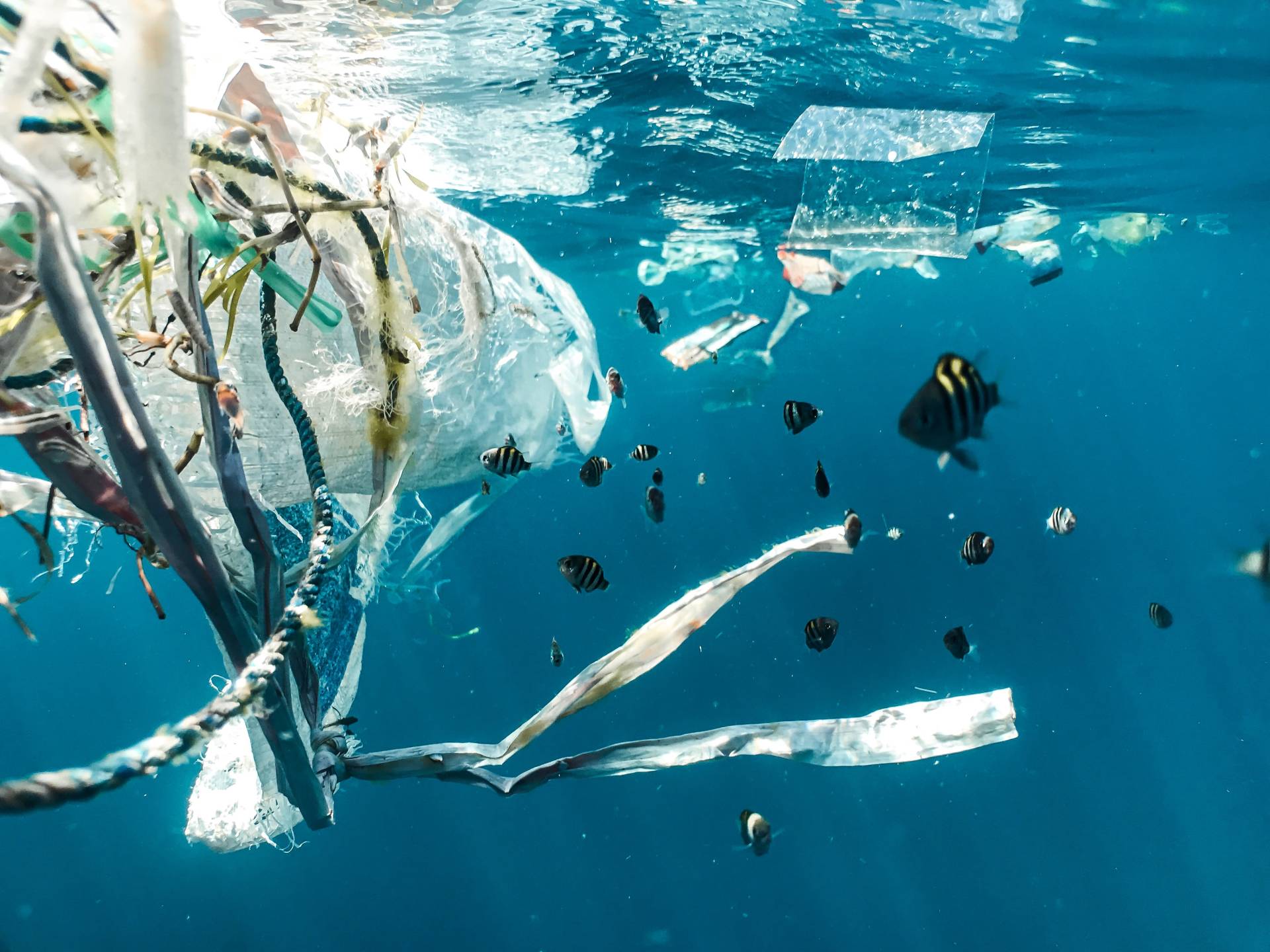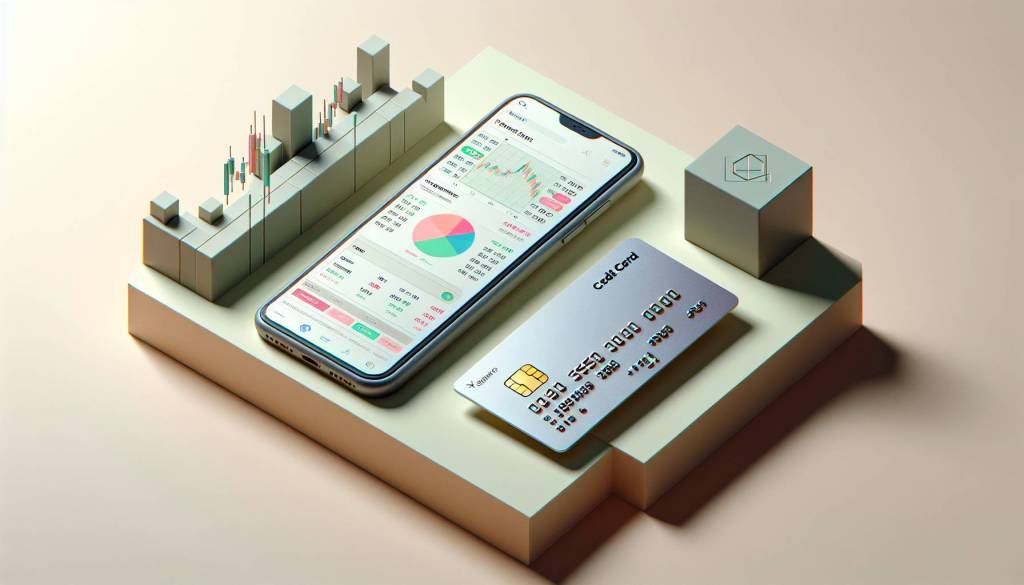The harmful effects of plastic pollution on ecosystems and human health have made this problem urgent. About 21,000 pieces of plastic per person are floating around in the ocean, highlighting the severity of the problem. The demand for environmentally friendly alternatives to disposable plastics is increasing in step with public consciousness. However, solving these problems is difficult and calls for a comprehensive strategy.
The Plastic Waste Crisis
Despite people becoming more aware of the problem, businesses around the world are producing more disposable plastic than ever before. All parties involved must work together to solve the plastic pollution problem. The promotion of sustainable practices and the provision of alternatives is greatly aided by brands in particular.
Biodegradable Plastics’ Potential
One possible answer to the plastics problem is compostable bioplastics. Commercially compostable bioplastics are an appealing alternative to petroleum-based plastics 3, and several brands, including Repurpose, Tossware, and Eco-Products, have taken notice. Corn, cassava, beet pulp residue, and other bioplastics have the potential to lessen their harmful effects on the environment.
Repurpose: A Narrative
Working on eco-friendly film sets in Los Angeles 4 was the inspiration for Repurpose founder and CEO Lauren Gropper to find a sustainable alternative to plastic. She saw the irony in employing petroleum-based plastics in an eco-friendly setting. Gropper set out to create new, safer options because he was determined to make a difference.
Compostable cups, plates, bowls, cutlery, and even toilet paper and paper towels are just some of the items offered by Repurpose. 4. Polylactic acid (PLA) is derived from corn, cassava, and beet pulp residue 4, and molded fiber from sugarcane and post-industrial recycled pulp are also used. Because of the company’s dedication to safety, longevity, and compostability, their products can be found in supermarkets and convenience stores across the country.
Composting Facilities: An Infrastructure Challenge
Although compostable bioplastics present a promising solution, their reach is constrained by the lack of consumer access to composting facilities. Only 11% of U.S. households have access to composting facilities as of now 5. Since landfills are the most common destination for compostable bioplastics, their degradation is the same as that of conventional plastics.
The Importance of Direct Communication
Brands need to be especially clear in their messaging as regulations concerning environmental claims become more stringent. The gap between what is theoretically possible and what can be accomplished with existing infrastructure 6 is something that has been emphasized by professionals like Jeffrey Greenbaum, managing partner at Frankfurt Kurnit Klein & Selz PC and global chairman of the Global Advertising Lawyers Alliance. Biodegradable, recyclable, and compostable products are in high demand, but they face serious obstacles due to a lack of supporting infrastructure.
The Long-Term Viability of Throwaways
Our culture has been conditioned to prioritize convenience over sustainability, which has led to an acceptance of the idea of disposability. However, sustainable alternative brands like Repurpose are challenging this status quo.
The Origin of a Thought
Lauren Gropper, founder of Repurpose, saw the hypocrisy in using petroleum-based plastic products on environmentally friendly film sets. She began to wonder why a limited resource like petroleum was being used to make disposable items. This realization set her on a course to investigate viable options for the future.
Material Options for Reuse
Repurpose uses a wide variety of materials made from renewable resources to create environmentally friendly plastic substitutes. Plates and bowls are made from molded fiber derived from sugarcane and post-industrial recycled pulp, and straws are made from polyhydroxyalkanoate (PHA) derived from canola seed oil 4. Cutlery and cups made by the company use PLA made from corn, cassava, and beet pulp residue, which can only degrade in industrial composting facilities. In addition, toilet paper and paper towels 4 are made from bamboo fiber.
These materials are an environmentally friendly alternative to conventional plastics without sacrificing performance. Sustainable alternatives from Repurpose have gained popularity, and now even big-box stores like Target and Walmart carry them.
The Emergence of Rules and Laws
Plastic and other noxious substances have been the focus of environmental protection legislation in recent years. Gropper agrees that such rules have helped foster the development of environmentally friendly substitutes. The ban on polystyrene and other PFAS substances has increased interest in eco-friendly alternatives that are safe for composting.
Constraints on Bioplastics’ Potential
However, not everyone agrees that compostable bioplastics are the answer to the plastic pollution problem. Bioplastics have been given a false reputation, according to Beyond Plastics, an environmental group that promotes the use of plastic alternatives and the return to reusables. Compostable bioplastics, they say, are often thrown in with regular plastics and end up in landfills or the environment.
Compostability: A Hoax That Never Delivers
Compost made from manufactured compostable products still contains the chemicals present in the products themselves, according to Melissa Valliant, communications director at Beyond Plastics. Compost made from these materials is also lacking in nutrients compared to more conventional compost. In terms of soil health, compostable bioplastics might as well be “empty calories.”
We Need More Defining Terms
The importance of truthful brand messaging is stressed by Noam Freshman, director of impact and sustainable solutions at climate-focused agency Futerra. Compostability and home composting claims can be misleading to customers. Brands need to check that their claims are consistent with the composting infrastructure in each market to avoid misleading consumers.
See first source: AdWeek
FAQ
1. Why is plastic pollution a pressing issue for ecosystems and human health?
Plastic pollution poses significant threats to ecosystems and human health due to its harmful effects. Approximately 21,000 pieces of plastic per person are present in the ocean, emphasizing the severity of the problem.
2. How is the demand for alternatives to disposable plastics changing?
As public awareness grows, the demand for environmentally friendly alternatives to disposable plastics is increasing. People are seeking sustainable options to address the plastic waste crisis.
3. What role do brands play in addressing plastic pollution?
Brands have a crucial role in promoting sustainable practices and providing alternatives to disposable plastics. Their involvement is essential in finding solutions to the plastic pollution problem.
4. What are compostable bioplastics, and how can they address the plastic waste issue?
Compostable bioplastics are environmentally friendly alternatives to petroleum-based plastics. Brands like Repurpose are exploring the potential of these materials to reduce the harmful impact of plastics on the environment.
5. How did Repurpose come into existence?
Lauren Gropper, founder and CEO of Repurpose, was inspired to find sustainable alternatives to plastic while working on eco-friendly film sets. She realized the contradiction of using petroleum-based plastics in environmentally conscious settings.
6. What products does Repurpose offer as alternatives to plastic?
Repurpose offers a range of compostable products, including cups, plates, bowls, cutlery, toilet paper, and paper towels. These items are made from materials like polylactic acid (PLA) derived from corn, cassava, and beet pulp residue, as well as molded fiber from sugarcane and post-industrial recycled pulp.
7. What challenges do compostable bioplastics face?
Compostable bioplastics face challenges due to the lack of consumer access to composting facilities. Only a small percentage of U.S. households have access to such facilities, limiting the potential benefits of compostable products.
8. How important is clear brand messaging in addressing plastic pollution?
Clear and accurate messaging is crucial as regulations around environmental claims become stricter. Brands must ensure their claims align with the existing composting infrastructure to avoid misleading consumers.
9. Are compostable bioplastics a complete solution to plastic pollution?
While compostable bioplastics offer potential benefits, they are not a complete solution. Some concerns have been raised about their proper disposal and impact on compost quality, indicating the need for a comprehensive approach to plastic pollution.
10. How can consumers contribute to addressing plastic pollution?
Consumers can make a positive impact by choosing products made from environmentally friendly materials, reducing single-use plastic consumption, and supporting brands that prioritize sustainability and responsible messaging.
Featured Image Credit: Naja Bertolt Jensen; Unsplash – Thank you!













